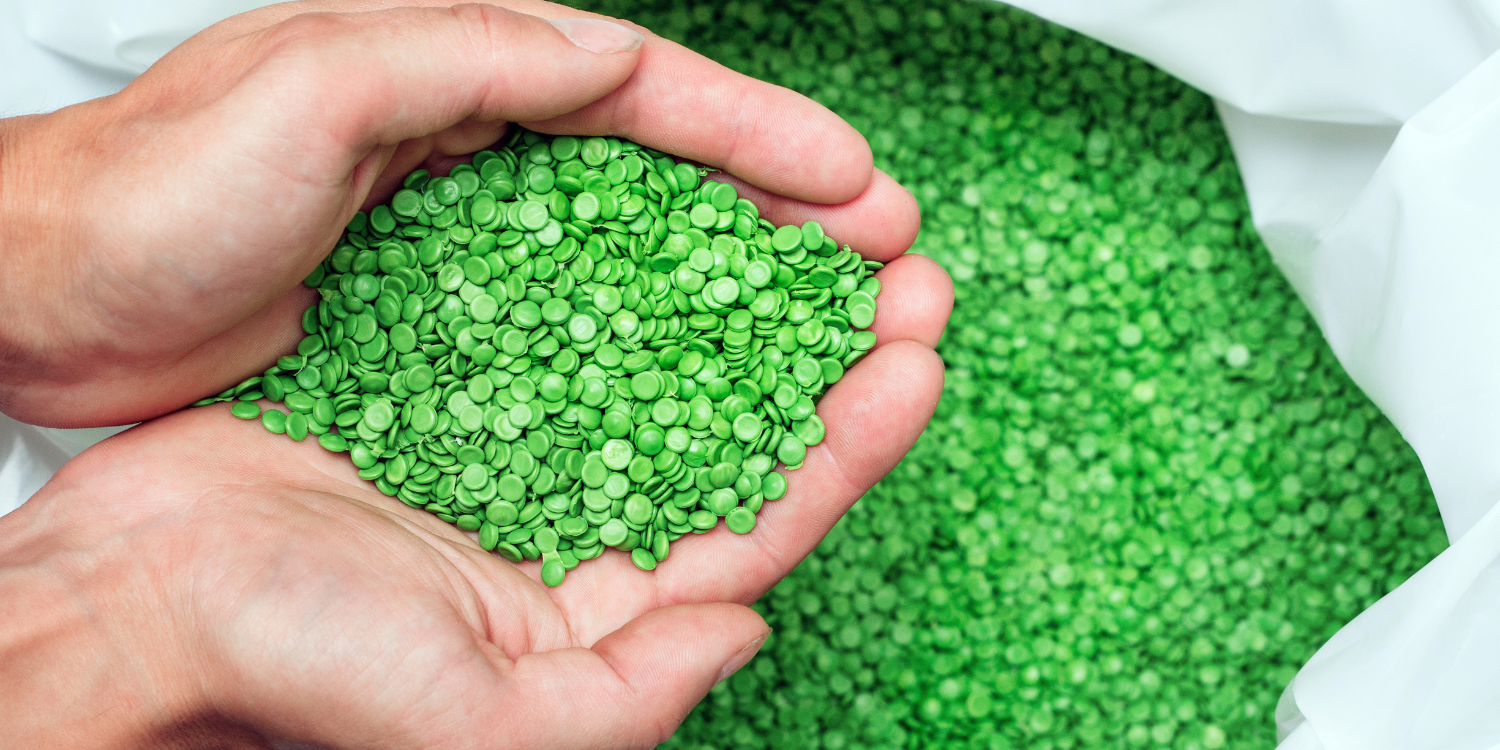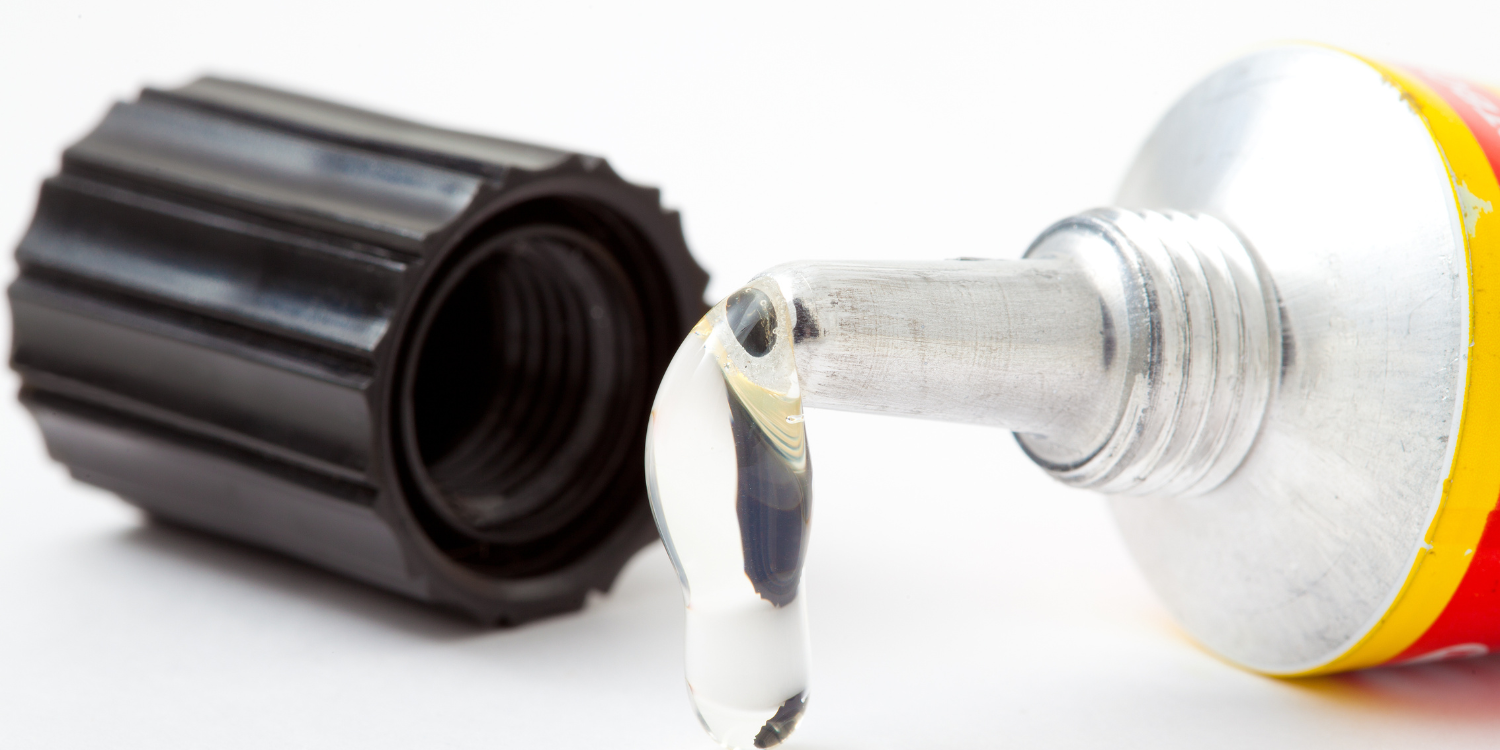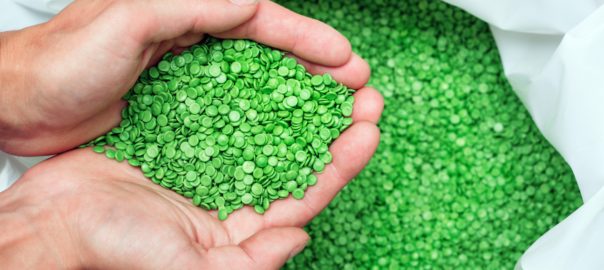
Did you know there are natural adhesives? Often referred to as bioadhesives, these glues are made from organic materials like bioplastics. But how do these work, and are they strong? Below, we dive into the topic to answer your burning questions.
Bioplastics and Biobased Adhesives
A new plastics industry buzzword has recently appeared, namely bioplastics. The term is often misunderstood or misapplied, which is understandable as its definition is somewhat flexible. Though only about 1% of plastics production worldwide is bioplastics, their use is growing. They hold the promise of lower environmental impact by encouraging renewable sources of plastic monomers.
What Is a Bioplastic Exactly?
Bioplastic refers to a family of materials, not a single substance. Essentially, a bioplastic is plastic material derived from plants. It may or may not be biodegradable. A less precise definition would be that it is plastic not derived from petroleum, which most plastics are.
Biodegradation is defined as a natural process of breaking down substances into constituent chemical components by the action of microorganisms without artificial additives. Not all plant-based materials are biodegradable just as there are 100% petroleum based plastics that can biodegrade. Generally, however, bioplastics are understood to be derived from plant sources.
“Drop-in” Bioplastic
Many common non-biodegradable plastics based on fossil sources can be directly replaced with bioplastics that offer identical chemical, structural and performance characteristics. For example, polyvinyl chloride, PVC, can be created from biomass as can polypropylene and polyethylene. These are being produced in large scale projects by Dow Chemicals. Coca-Cola is also developing beverage bottles from biomass-derived PET.
Biobased plastics that are biodegradable are typically derived from plant starches that are thermo-plastically modified. These are relatively new and used primarily in the packaging industry. It is also a segment that is creating new plastic monomers such as butanediol, succinic acid and derivatives of fatty acids. Some of the research in this category of bioplastics is aimed not at biodegradation, however, but instead at creating formulas that can be directly recycled into virgin material.

Bio-Adhesives
Since many adhesives are already derived from raw materials supplied by plants and animals, they meet the first criterion of being a type of bioplastic material. Typically, many types of adhesive are also biodegradable, including petroleum-based glues. Plastic and adhesive manufacturing processes are closely related since polymer creation and modification is the scientific basis for both materials. Thus, lessons learned from bioplastic research can complement adhesive research and vice versa.
Current adhesive products that are used to bond plastic surfaces will continue to perform identically with drop-in bioplastics. Where new types or related varieties of bioplastics are created over time, their close chemical relationship should make adhesive adaption relatively easy where needed. Certainly, as adhesive manufacturers increase offerings of eco-friendly adhesives, the continued development of bioplastics can only assist that trend.
Bioplastic Standards
Bioplastics are relative newcomers to the plastics industry. This means that standards defining plastic – or adhesive – biodegradability or the percentage of biomass material required to declare a material to be biobased, are few, incomplete and in a state of flux. The Biodegradable Products Institute and the European Vincotte are the most widely accepted certification organizations currently.
Bioplastic Headwinds
Despite the growing adoption of bioplastics, especially in Asia and Europe, bioplastics generally cost more than the petroleum-based products they replace. Their price disadvantage has been exacerbated by the recent boom in shale oil and gas production.
The environmental advantage of biodegradable bioplastics is muted by the lack of large-scale, controlled composting facilities in many areas.
Types of bioplastic production that require a fermentation process are currently less cost-effective since the efficiency of smaller fermentation vessels means that larger-scale production is more difficult.

The Future of Bioplastics
Though biobased adhesives continue to hold a dominant share of their market, bioplastics are only making initial inroads toward replacing fossil-based plastics. They are finding niche applications, however. Bioplastics, in concept at least, also meet the desires of consumers, 80% of whom state that they prefer to buy eco-friendly products.
Contact us to talk about the most eco-friendly adhesives for your application today.






